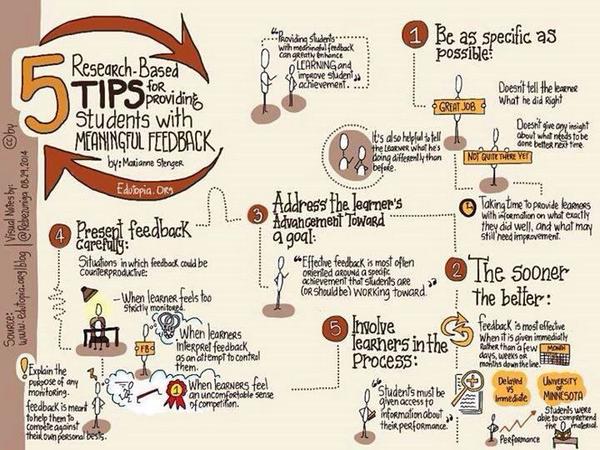An Overview of My Semester
This semester, I’ll be teaching three different courses:
- Pre-Calculus Mathematics (MATH 111), a course designed to review algebra and trigonometry for students who plan to take our (scientific) calculus sequence;
- College Algebra (MATH 101), a course designed to cover algebra and function basics for students who will continue on either to MATH 111 (pre-calculus with trigonometry) or MATH 105 (business calculus); and
- “Applications of Mathematics Across the Curriculum with Technology” (SMFT 516), a graduate-level course designed for in-service science & math teachers who are working toward an interdisciplinary M.Ed.
Due to enrollment challenges, my schedule for courses shifted in late July, so I spent a while during the summer trying to ditch my old plans for the semester and start over. Although I was planning to attend Mathfest in Denver, CO and give a talk in the session on #MasteryGrading based on my years of experience implementing standards-based grading in my courses, I must admit that before my trip I had no plans to use SBG in any of my courses this semester.
But then… UGH!!! INSPIRATION FROM PEOPLE. AND TOO MANY GOOD IDEAS.
So I attended every talk in the #MasteryGrading session at Mathfest. And wow, I got a ton of great ideas from all of the talks [stay tuned for future blog post] and, on a personal level, I really enjoyed our conversations, meals, and hang-outs outside of the session itself. (Thanks, y’all!)
Unfortunately a couple of days into Mathfest I realized I just couldn’t go back to traditional grading, so I threw out all my traditional plans for the semester and committed to myself that I would implement SBG/SBSG/MasteryGrading in 100% of my courses this semester.
Did I mention that I got home from Mathfest only 15 days in advance of my semester start?
The Nuts and Bolts of Fall 2018: SBG PreCalculus and SBG College Algebra
Rachel Weir, of Allegheny College, is maintaining a repository of course documents for secondary Mathematics courses that are using Standards-based grading, Specifications-based grading, or Mastery-Based Grading: Rachel’s SBG Repository
Both my Pre-Calculus and College Algebra courses are using the exact same setup. It’s very similar to Tom Mahoney ‘s (@MathProfTom) approach in his College Algebra courses. Here is the basic setup:
- I have written 25 standards for each course.
- Every time a student completes a problem on a standard, I will assess the solution using a “SGN Rubric” (see below). This assigns either 0 points, 1 point, or 2 points to each attempt.
- A student’s score on a standard is the average of their best two attempts.
- A student earns total points out of 50 possible (25 standards*2 points max). Together with work in an online homework system, this converts to a usual letter grade*.
For example, for any given standard, I will track a student’s progress as something like “0,1,2,1,1,1,0,2” and this student will earn a 2. After two perfectly correct solutions, the student isn’t required to answer problems on that topic again.
*My department requires a departmental-wide final exam that is graded using a partial credit, percentage system, and this exam must be worth at least 25% of each student’s course grade. So the actual grade computation is (75% performance on standards)+(25% final exam performance).
Links to Possibly Useful Things
Here are some links that I’ve freely distributed to my students. Perhaps reading them will shine some light on how I explained this system to them. Also, there are more details about the “SGN Rubric” I mentioned above and explanation about online homework & how it fits in.
Things To Do Later
I haven’t mentioned that third class (“Applications of Mathematics Across the Curriculum with Technology”). It runs double speed for half the time, during our Express II semester, and it doesn’t start until October. I want this course to be a project-based course, so I’m going to figure out some way to introduce specifications grading into my design. Robert Talbert (@RobertTalbert) has written extensively about his use of specs-grading and it’s my plan to steal as many ideas from his MTH 350 F18 Syllabus as I can. Our courses are very different, but he has so many clever ideas for his course skeleton. Once I write my syllabus, I’ll tell you about it.



 school districts as part of a grant-funded project called “
school districts as part of a grant-funded project called “






